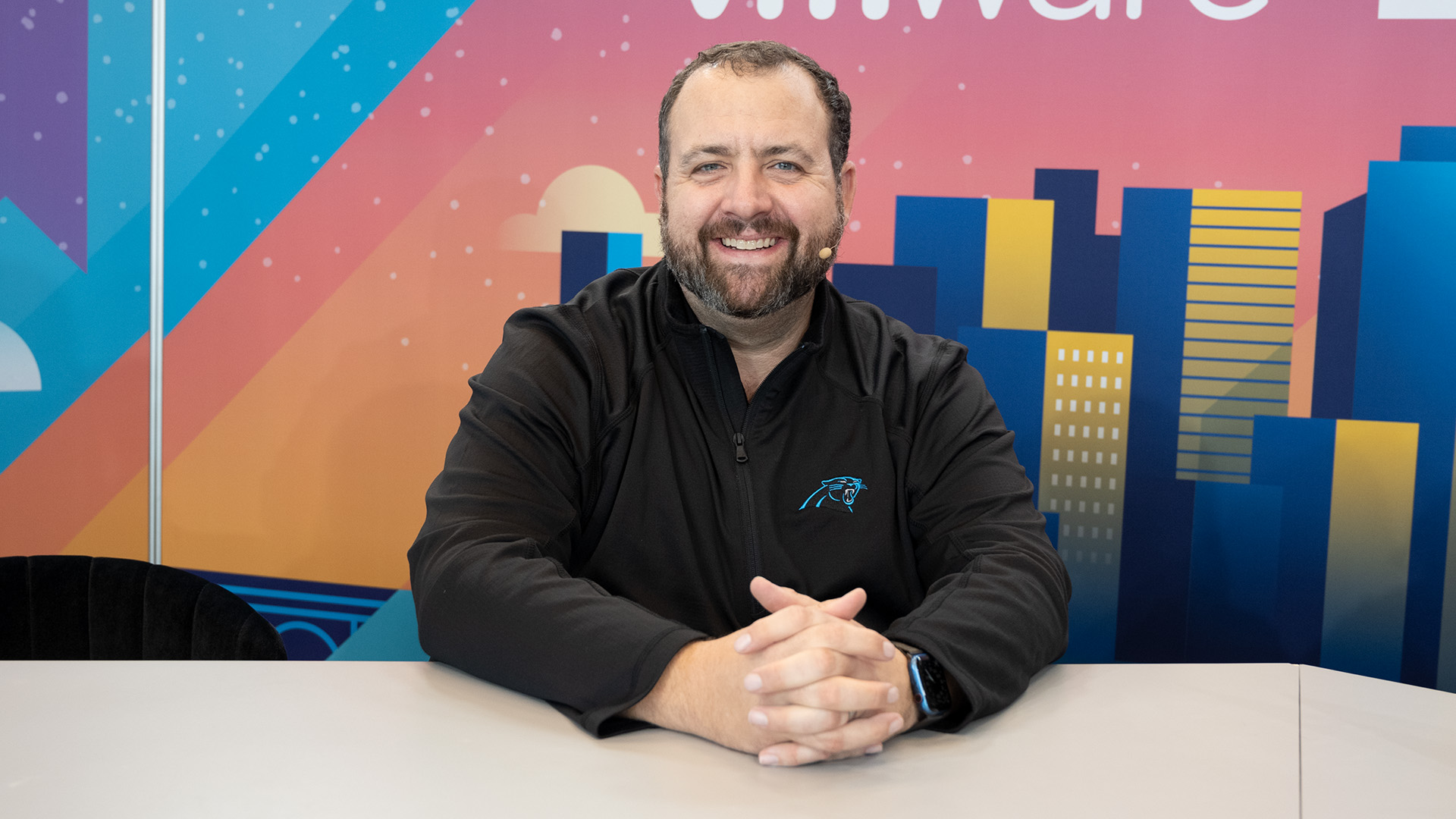 INFRA
INFRA
 INFRA
INFRA
 INFRA
INFRA
The “mentality of optimization” should be at the forefront of enterprises’ minds when transitioning from in-house data centers.
It’s why one chooses an IT company specializing in pay-per-use bare metal cloud and other niches rather than simply dumping everything into public cloud.
“People need to learn how to make that choice,” said William Bell (pictured), executive vice president of products at PhoenixNAP LLC. “Right app, right home, right infrastructure. And that’s kind of what we help them do.”
Bell spoke with theCUBE industry analysts Lisa Martin and David Nicholson at the last VMware Explore event, during an exclusive broadcast on theCUBE, SiliconANGLE Media’s livestreaming studio. They discussed how public cloud could be differentiated from infrastructure as a service. (* Disclosure below.)
What applications belong where is one of the questions the pure play IaaS company says it can answer. And it says it can do that under challenging circumstances; for example, during times of unexpected client growth. This makes it better than a hyperscaler for many applications, according to Bell, who said that hyperscalers aren’t a good solution for a media streaming business.
“You just eat those egress fees,” he stated. “People talk about hyperscalers as being cloud infrastructure companies and they’re not. They’re cloud platform companies. The infrastructure is high quality. It is easy to access and scale, but if you’re just using one of those hyperscalers for that infrastructure, you’re not getting the value out of that hyperscaler.”
In other words, the infrastructure becomes very expensive, particularly if you’re doing a lot of the building yourself. Something like metal as a service works better in many situations, Bell added. That’s cloud-style provisioning, including pay-per-use for physical servers. PhoenixNAP has 15 data centers on six continents and a 2.35 Tbps backbone that can be used.
The VMware Cloud Provider Program, where VMware Inc. infrastructure is provided on a pay-as-you-go, pay-as-you-grow subscription basis, is an important element in its business. One idea behind VCPP is that a customer’s data can be extended into the cloud using the same VMware products they already use on-prem.
PhoenixNAP also has access to the hyperscalers and is the only AWS direct connection location in Arizona, according to Bell.
“If your application needs to scale from zero cores to 15,000 cores for an hour, there are hyperscalers for that,” he said.
A portfolio of infrastructure products round out the offering, Bell explains. He uses the example of Intel DC persistent memory, which PhoenixNAP launched in 2019 as part of a VMware cloud product.
“That specialized infrastructure deployment is a big part of our business,” he said. “Helping people identify [an] application: If you’d have this accelerator, this piece of infrastructure, this quality of network [then IT] can be better, faster, cheaper.”
He added: “We’ll have them day one,” he says, referring to new technical products. The hyperscalers don’t, he said. “Those types of agility points, they’re not because they’re hyperscale by nature. If they can’t hyperscale it, they’re not doing it.”
Here’s the complete video interview, part of SiliconANGLE’s and theCUBE’s coverage of VMware Explore:
(* Disclosure: PhoenixNAP LLC sponsored this segment of theCUBE. Neither PhoenixNAP nor other sponsors have editorial control over content on theCUBE or SiliconANGLE.)
THANK YOU